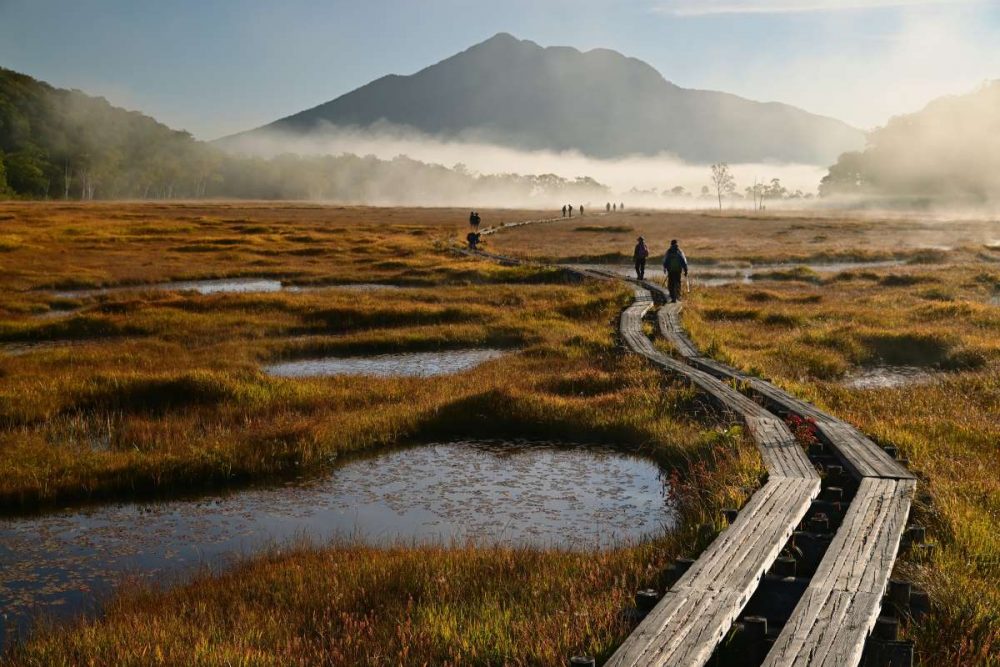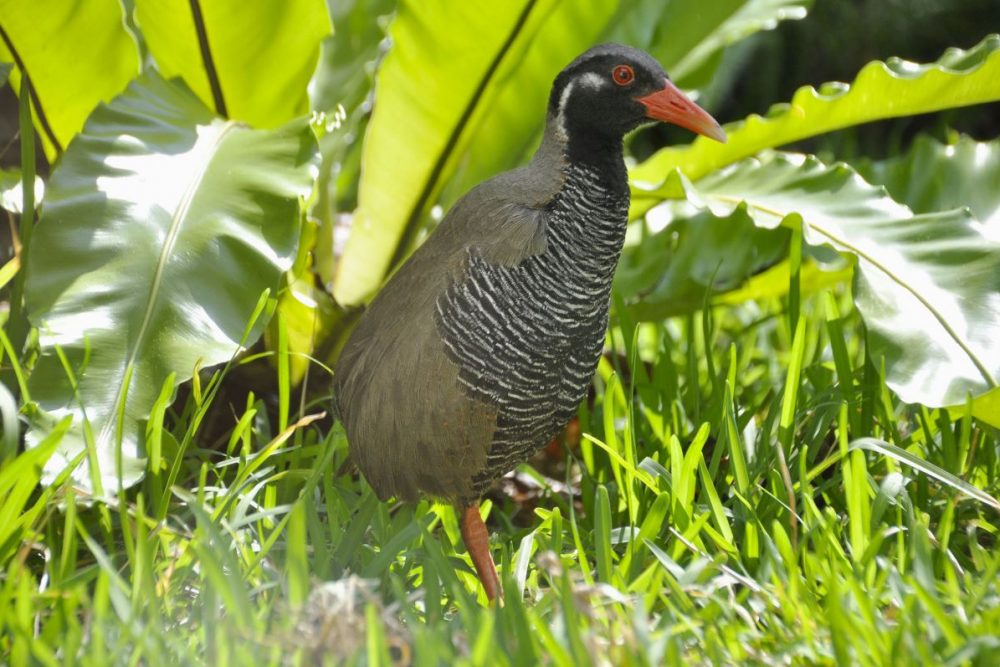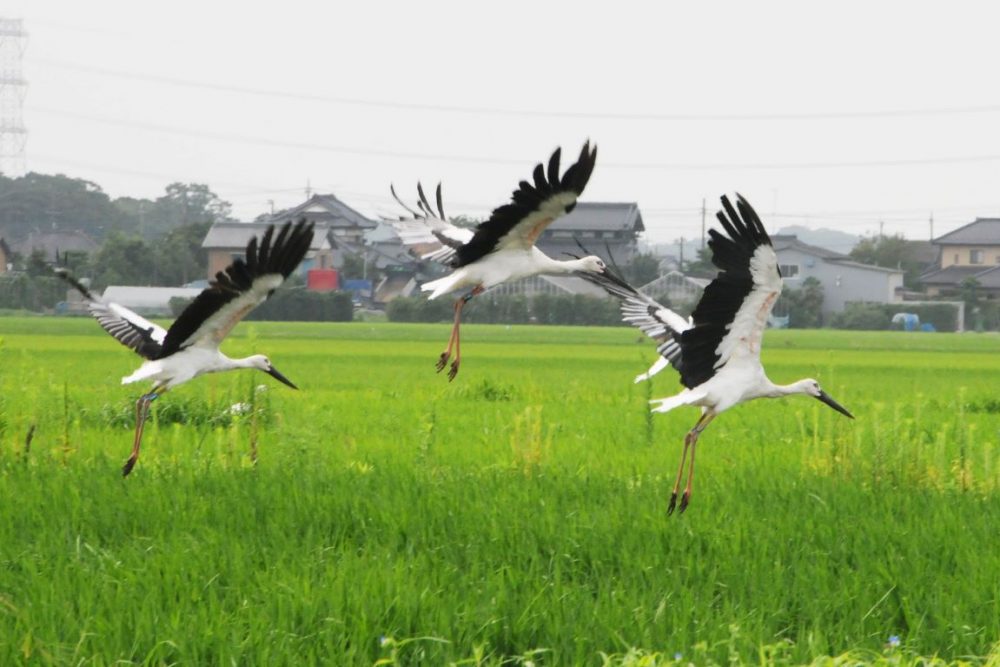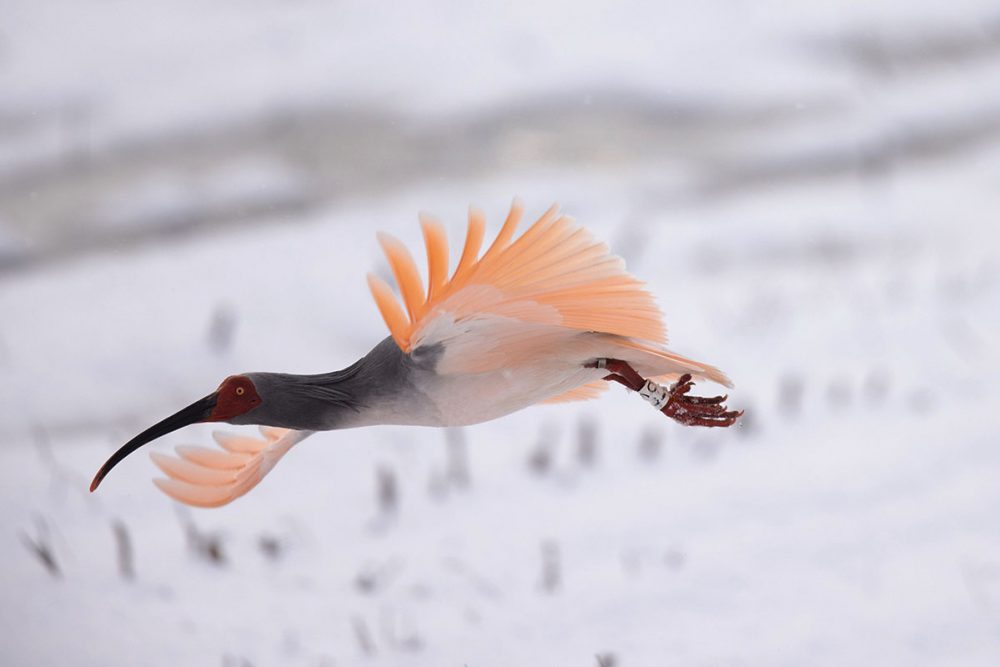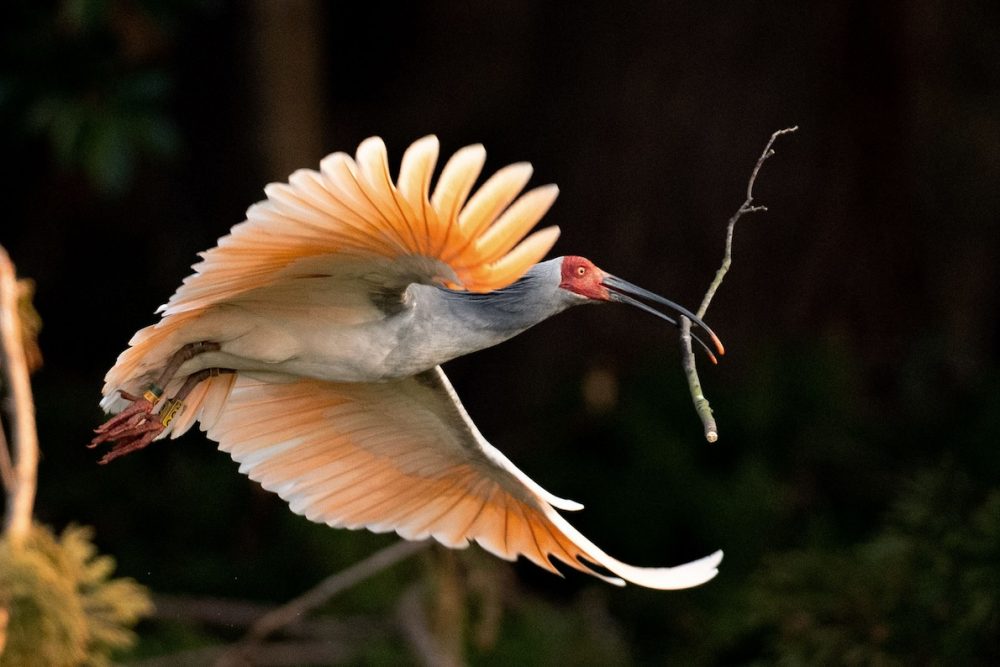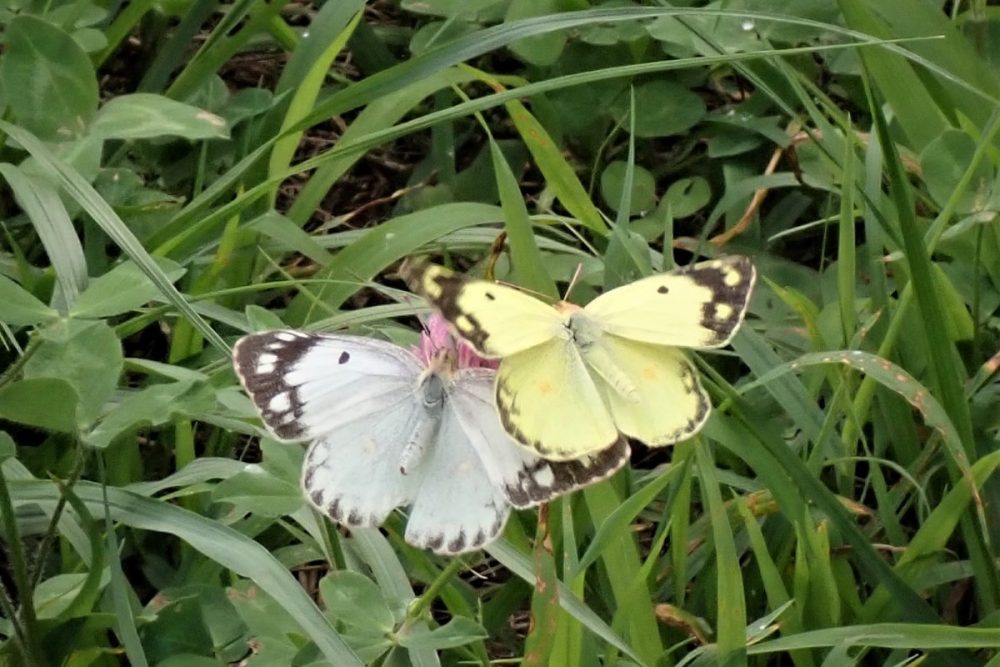Sado Wildlife in Focus | Black-Tailed Gulls Descend on Sado in a Scene Straight from Hitchcock
The arrival of black-tailed gulls is creating a stir on Sado Island, the home of the crested ibis. Discover the surprising reasons behind this avian invasion.

このページを 日本語 で読む
On Sado Island, crested ibis chicks practice flapping their wings in preparation for flying their nests. Meanwhile, another bird is flocking to this bird paradise. Black-tailed gulls, called umineko in Japanese, have come to feed in the rice fields. The sight of the sky filled with these birds evokes a scene from Alfred Hitchcock's classic thriller The Birds.
But black-tailed gulls typically feed at sea. Why are they flocking to Sado's rice fields?
Calls of a 'Seacat'
The black-tailed gull's call sounds similar to a cat's meow. Hence it is called umineko, or 'seacat,' in Japanese. My camera is usually trained on the crested ibis, but today the flock of gulls is an astonishing sight to capture. The birds' calls echo across the lush green rice fields as they descend from the blue sky to forage for food.
By late June, more than 200 black-tailed gulls had flown from their coastal breeding grounds to the inland rice fields of Sado Island to feed.
Sado Becomes a Breeding Ground
The black-tailed gull (Larus crassirostris) measures about 45 cm in length and is a relative of the seagull. It is distinguishable by its red-tipped beak and black band on its white tail.
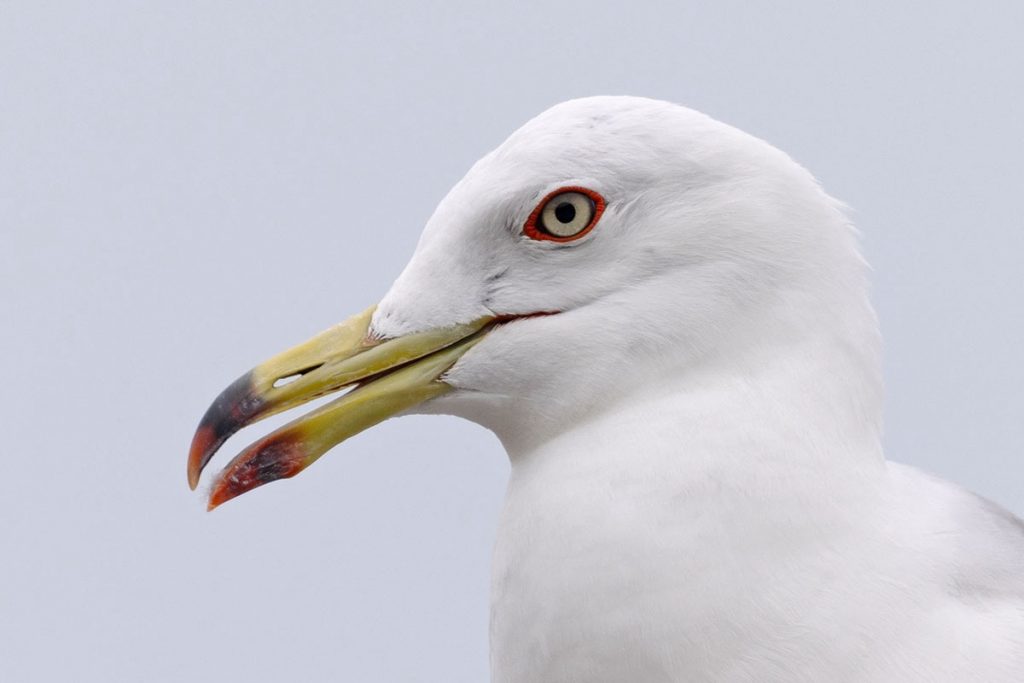
These birds inhabit the coasts of the Sea of Japan, the Sea of Okhotsk, and the Pacific Ocean. They migrate to the coasts of mainland China and Taiwan to winter.
Japan is a major breeding ground, with about ten known breeding sites nationwide. The most well-known is Kabushima, a peninsula in Hachinohe City of Aomori Prefecture that is home to approximately 30,000 birds.
Black-tailed gulls usually choose to nest on cliffs and locations that are safer from predators. Kabushima is one of the rare locations where their nests can be easily observed.
Sado is not far behind. Since around 2008, breeding has been confirmed along the island's coast. And since 2017, the gulls have been observed foraging in inland rice fields.
According to the Ministry of the Environment's database, about 2,000 birds migrate to Sado. Niigata University has recently launched a study on the black-tailed gull's shift from coastal areas to rice fields.
Crested Ibis Conservation: It's Connected
The arrival of black-tailed gulls to feed on Sado Island is related to conservation efforts for the crested ibis. Sado is the only place in Japan where crested ibis have been reintroduced into the wild. To ensure a food source for the ibis, farmers on the island have reduced pesticide use for many years.
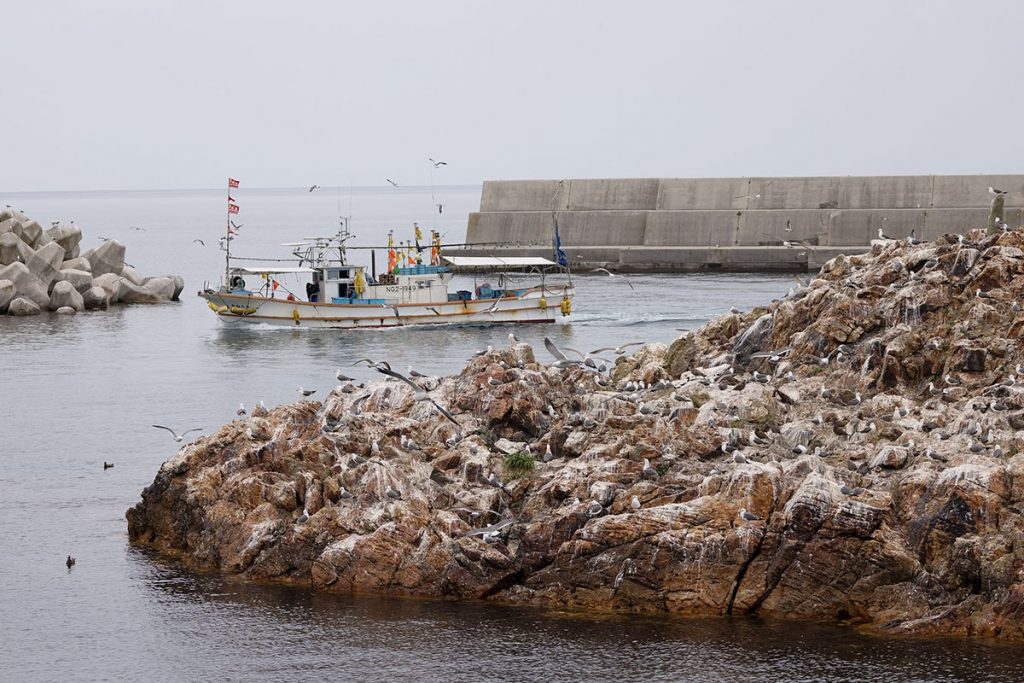
According to Professor Hisashi Nagata of Niigata University, these efforts have increased the abundance of insects and small animals like loaches in the rice fields, providing a rich food source for the gulls.
Farmers' Reactions
The extinction of the crested ibis in Japan was partly due to people considering it a pest. Specifically, farmers believed the birds were damaging newly planted rice shoots. I asked around to understand how farmers feel about the black-tailed gulls flocking to their fields today.
I talked to a farmer in his 70s who had gulls coming to his fields for the first time this year. He has been trying to drive them away. "There isn't much damage," he admitted. But he reported finding it emotionally difficult to accept the arrival of so many gulls to his carefully tended fields.
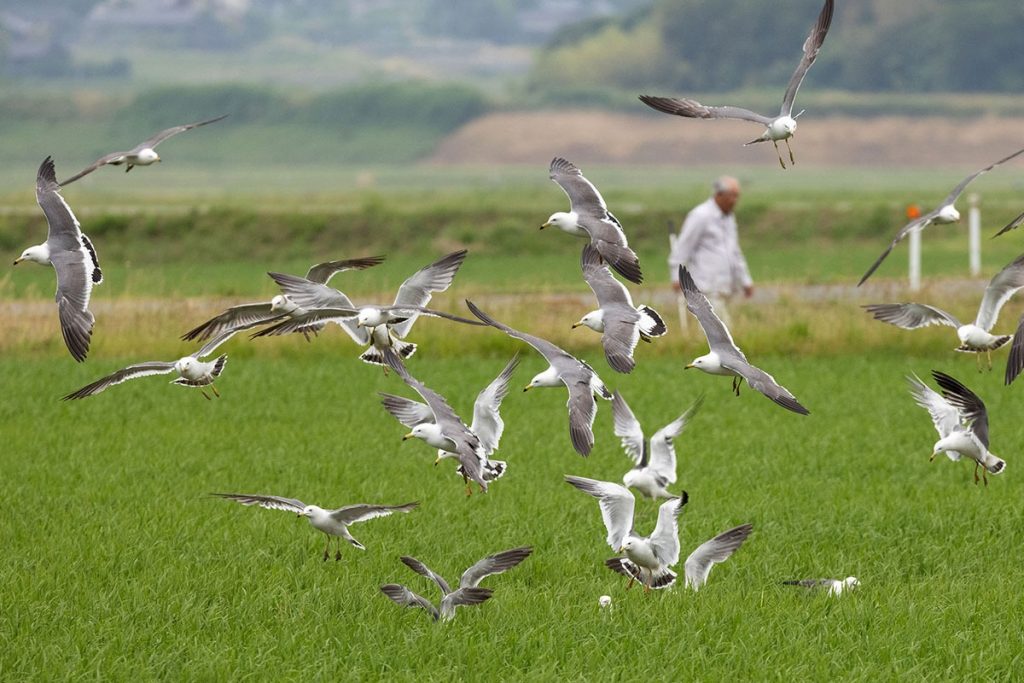
Most farmers are taking a wait-and-see approach. In reality, some are thankful as the gulls eat the insects that have proliferated due to reduced pesticide use.
The number of gulls at present do not present any significant competition to the crested ibis when it comes to available food. Professor Nagata has put tags on 100 black-tailed gull chicks at two breeding sites on Sado to study their behavior.
'Dropping' Bombs
The conservation efforts for the crested ibis have created a more hospitable environment for other birds too. Sado, with its rich biodiversity, is a bird paradise.
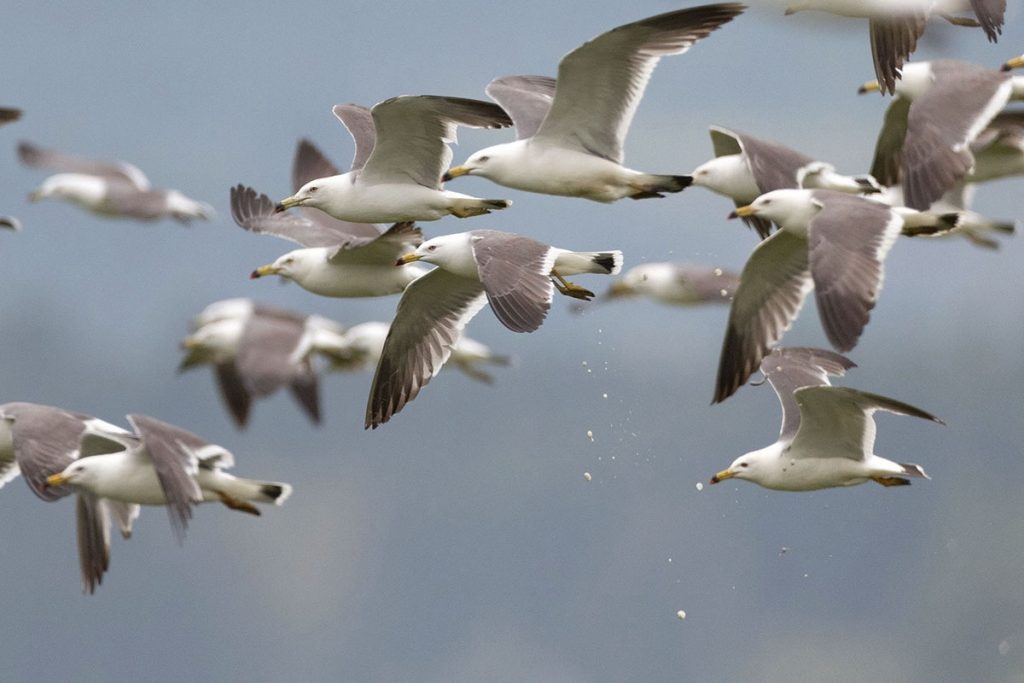
But the black-tailed gulls leave behind some unwanted souvenirs. When out photographing them, my car was bombarded with droppings. While Sado may be a paradise for birds, it can seem less so for humans.
Click here to read more Sado Wildlife in Focus photo essays by photojournalist Fumie Oyama.
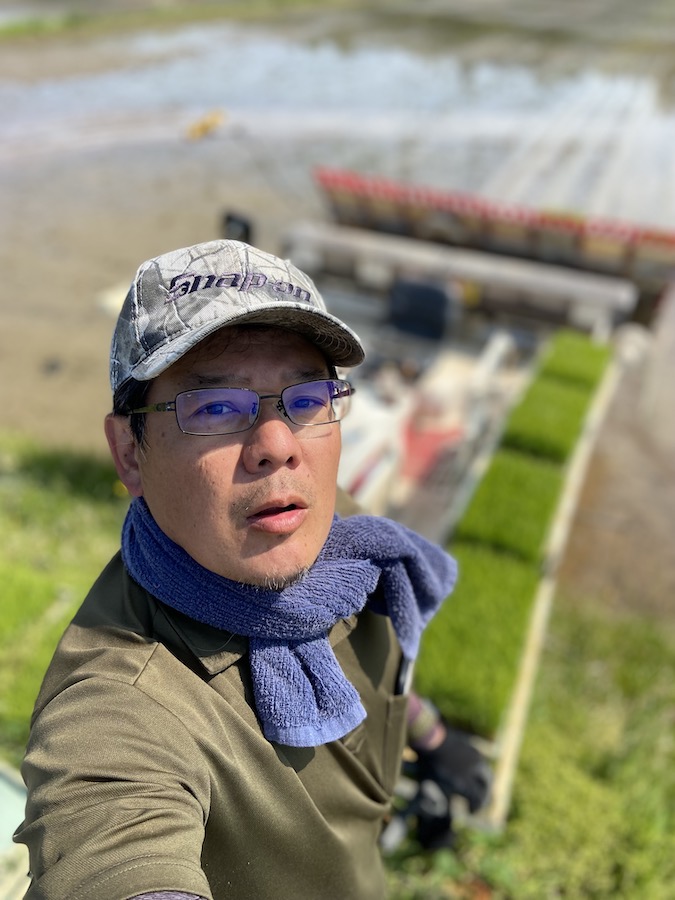
Fumie Oyama is a two-time winner of the Japan Newspaper Publishers & Editors Association Award as a photographer for the Sankei Shimbun. After covering the reintroduction of the crested ibis to the wild for 11 years, Oyama left the company in 2020 to move to Sado Island. There, he continues to photograph the ibis and other wildlife while engaging in farming. He currently promotes the charms of Sado Island as a photojournalist. Follow Fumie Oyama on Instagram.
このページを 日本語 で読む






